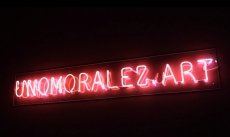Forget What You Remember
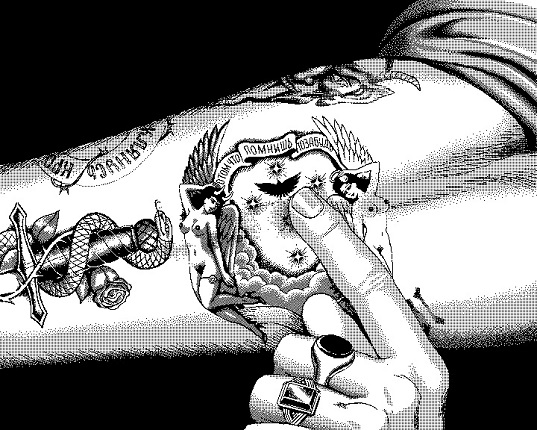
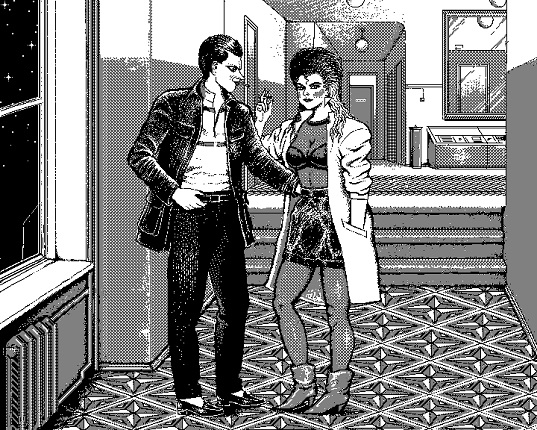
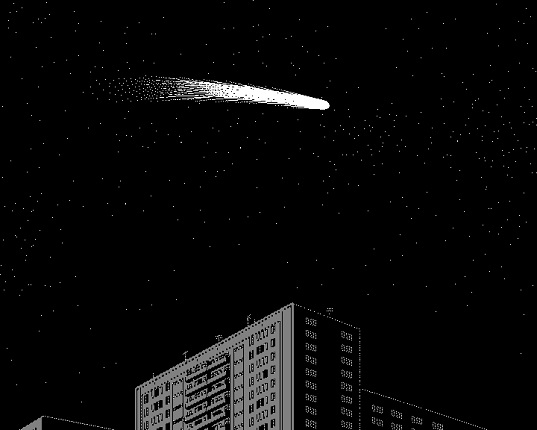
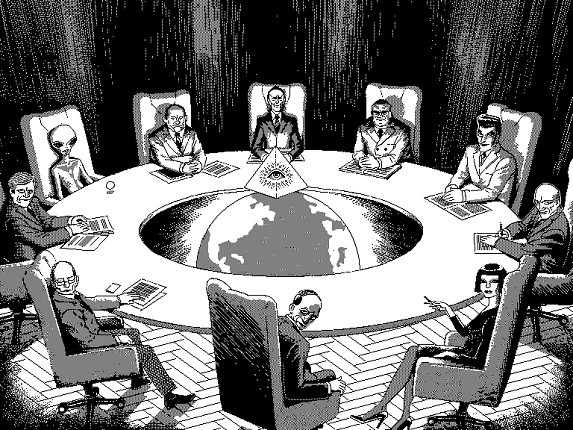
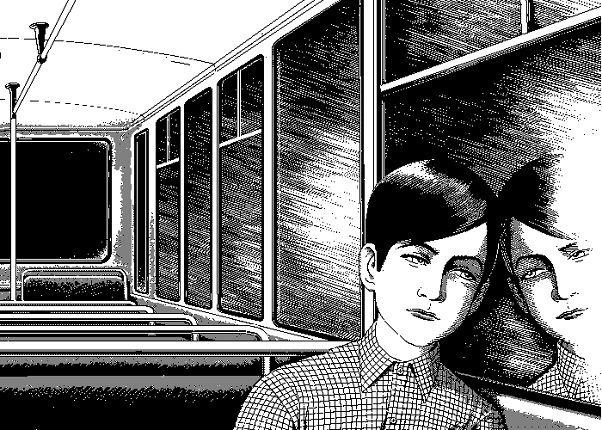
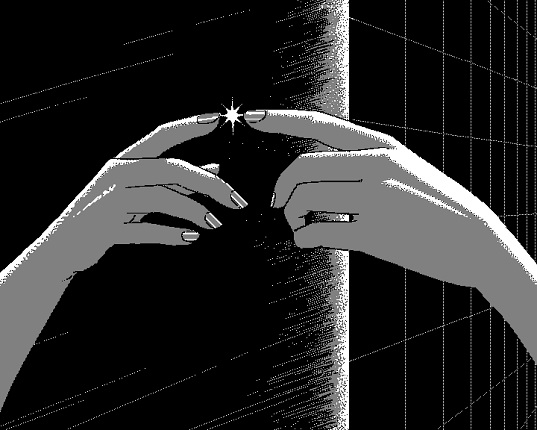
Uno Moralez, From the series Blue Teeth, 2017, pixel graphics, courtesy the artist and Triumph Gallery
Uno Moralez, Albert and Roza, 2017, pixel graphics, courtesy the artist and Triumph Gallery
Uno Moralez, From the series Blue Teeth, 2017, pixel graphics, courtesy the artist and Triumph Gallery
Uno Moralez, Les Maitres, 2011, animation, courtesy Triumph Gallery and the artists
Uno Moralez, Yakov, 2015, animation, courtesy the artist and Triumph Gallery
Uno Moralez, From the series Blue Teeth, 2017, pixel graphics, courtesy the artist and Triumph Gallery
Moscow, 5.09.2018—14.10.2018
exhibition is over
Share with friends
Curator: Marina Bobyleva
For the press
Uno Moralez
Forget What You Remember
With the support of .Art
Curator: Marina Bobyleva
Architect: Ksenia Lukyanova
The Multimedia Art Museum, Moscow and the Triumph Gallery present the first large-scale exhibition from one of the most intriguing and enigmatic contemporary Russian artists: ‘Forget What You Remember’ by Uno Moralez. The exposition includes series that the author created over the last decade.
It is far easier to find images, GIF animation and comics by Uno Moralez on the Internet than information about the artist himself. We know that he was born and raised in Ufa and became famous under a pseudonym chosen at random for his LiveJournal account. His first works using the technique of pixel graphics appeared on the web in the late 2000s and were instantly circulated in blogs, forums and social networks. Very quickly the artist also won recognition in the comics community outside Russia. Uno Moralez held his first exhibition in 2017 and soon afterwards was listed among the top New East 100 of leading contemporary artists, designers and visionaries from Eastern Europe.
In Uno Moralez’s works a mystical atmosphere is combined with the entourage of perestroika, the stylistics of video games and Japanese manga comics of the 1970s to 1990s. The artist’s sensitivity to fine detail and his elaboration of characters and situations transport the viewer into parallel dimensions fraught with hidden fears and fantasies. Uno Moralez develops a narrative by gradually adding foreign elements in each subsequent frame, so that features of the familiar world disintegrate and lose their function, while the character (and the viewer) inevitably encounters entities or forces that defy rational explanation.
The works of Uno Moralez go beyond illustration as a genre, creating their own microcosm that is troubling, disturbing and unstable, like the era to which the artist most often refers. The plots of his series relate to children’s horror stories, with recognisable attributes of mass culture from the 1980s to 1990s. In an interview he said that he invents stories based on memories from his teenage years, hence the appearance in his works of militiamen that, in the artist’s own words, ‘might look like Uncle Styopa, or might equally be werewolves’, with classmates providing the prototypes for several characters. The generation that finished school in the late 1980s faced a whole succession of upheavals: perestroika, the collapse of the USSR, the ‘wild Nineties’ and, finally, the media revolution. It was the advent of game consoles, Atari computers and the first video salons, where popular Hollywood blockbusters with unofficial dubbing alternated with B movies and anime. In the series by Uno Moralez visual indications of that period allow the viewer to feel a sense of nostalgia and surreal horror when a pixel image appears, like interference on an old TV set.
Initially the artist’s works only existed in the networked world, but when transferred offline they not only retain their artistic value but also acquire new qualities. Each story by Uno Moralez will be supplemented by a multimedia installation that acts as a guide into the labyrinths of the subconscious, where entities of an unknown nature meet, objects assume unexpected functions and space constantly transforms and shifts its borderlines.

